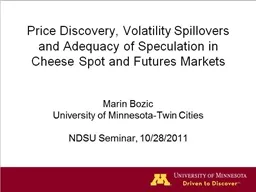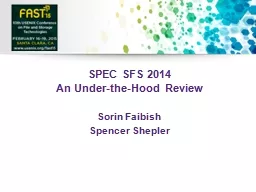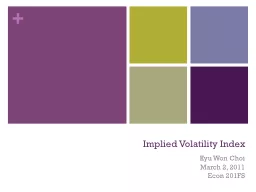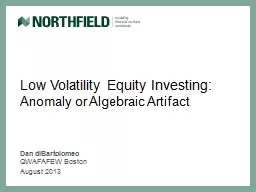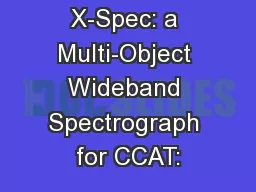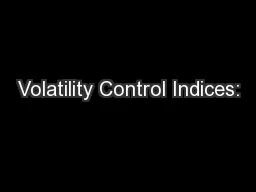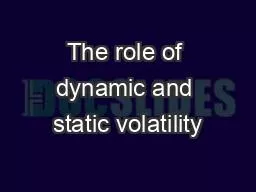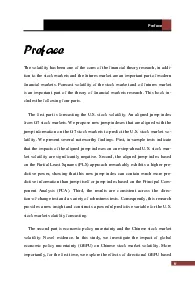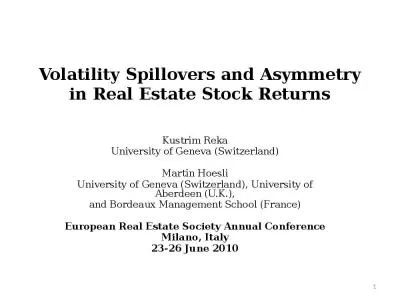PPT-Price Discovery, Volatility Spillovers and Adequacy of Spec
Author : natalia-silvester | Published Date : 2016-07-17
Marin Bozic University of MinnesotaTwin Cities NDSU Seminar 10282011 1 Motivation Volatility in Dairy Sector 2 3 Motivation How to Model Agricultural Prices 4 Motivation
Presentation Embed Code
Download Presentation
Download Presentation The PPT/PDF document "Price Discovery, Volatility Spillovers a..." is the property of its rightful owner. Permission is granted to download and print the materials on this website for personal, non-commercial use only, and to display it on your personal computer provided you do not modify the materials and that you retain all copyright notices contained in the materials. By downloading content from our website, you accept the terms of this agreement.
Price Discovery, Volatility Spillovers and Adequacy of Spec: Transcript
Download Rules Of Document
"Price Discovery, Volatility Spillovers and Adequacy of Spec"The content belongs to its owner. You may download and print it for personal use, without modification, and keep all copyright notices. By downloading, you agree to these terms.
Related Documents

